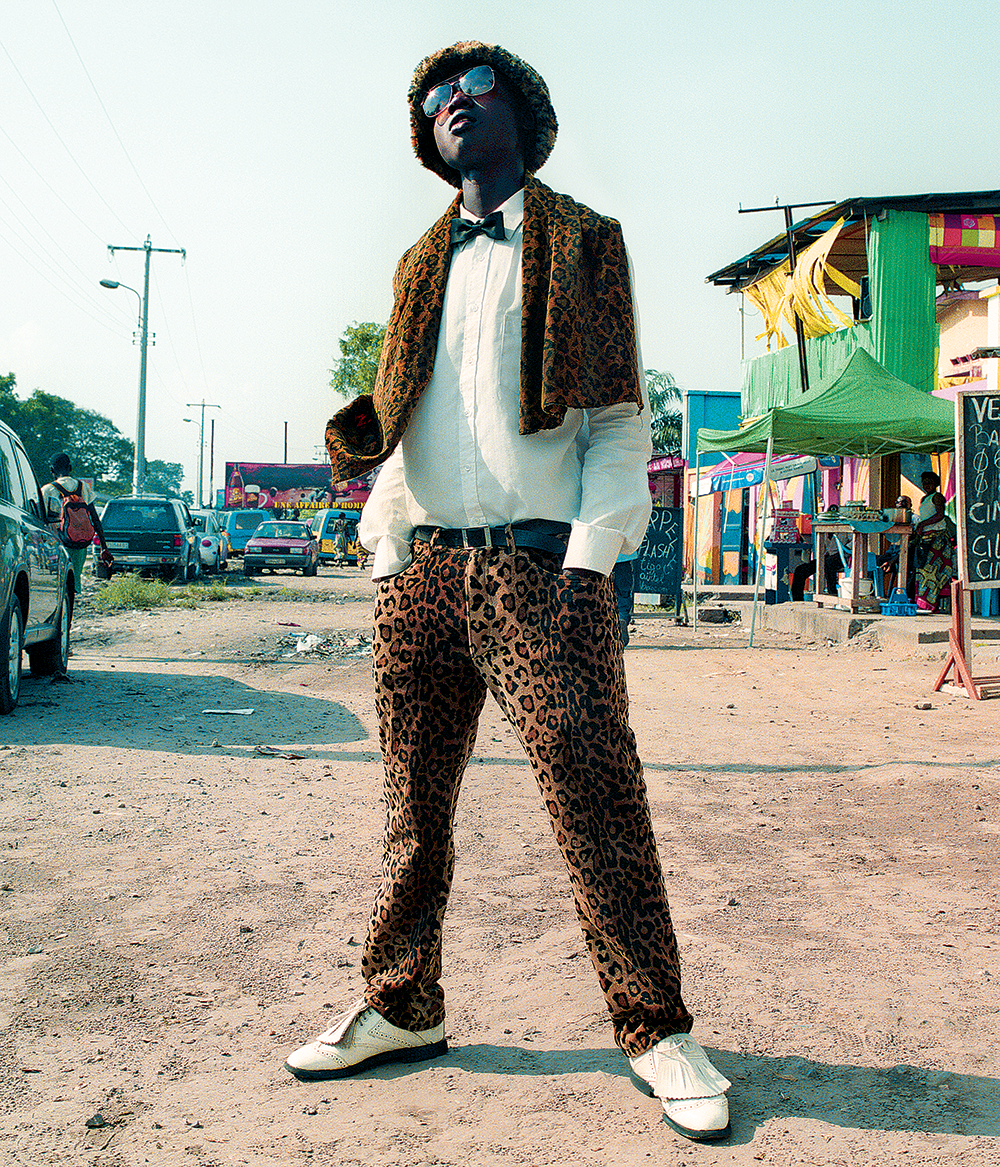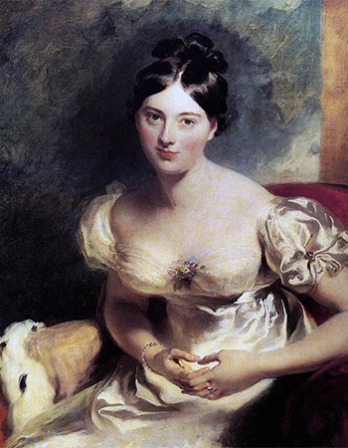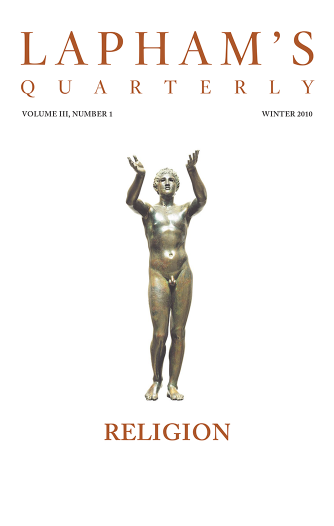Fashion is an odd jumble of contradictions, of sympathies and antipathies. It exists only by its being participated among a certain number of persons, and its essence is destroyed by being communicated to a greater number. It is a continual struggle to keep up with each other in the race of appearances, by an adoption on external and fantastic symbols as strike the attention and excite the envy or admiration of the beholder, and which are no sooner made known and exposed to public view for this purpose than they are successfully copied by the multitude, the slavish herd of imitators, who do not wish to be behindhand with their betters in outward show and pretensions, and which then sink, without any farther notice, into disrepute and contempt.
Thus fashion lives only in a perpetual round of giddy innovation and restless vanity. To be old-fashioned is the greatest crime a coat or a hat can be guilty of. To look like nobody else is a sufficiently mortifying reflection; to be in danger of being mistaken for one of the rabble is worse. Fashion constantly begins and ends in the two things it abhors most, singularity and vulgarity. It is the perpetual setting up and disowning a certain standard of taste, elegance, and refinement, which has no other foundation or authority than that it is the prevailing distinction of the moment, which was yesterday ridiculous from its being new, and tomorrow will be odious from its being common. It is one of the most slight and insignificant of all things. It cannot be lasting, for it depends on the constant change and shifting of its own harlequin disguises; it cannot be sterling, for if it were it could not depend on the breath of caprice; it must be superficial, to produce its immediate effect on the gaping crowd; and frivolous, to admit of its being assumed at pleasure by the numbers of those who affect, by being in the fashion, to be distinguished from the rest of the world. It is not anything in itself, nor the sign of anything but the folly and vanity of those who rely upon it as their greatest pride and ornament. It takes the firmest hold of the most flimsy and narrow minds, of those whose emptiness conceives of nothing excellent but what is thought so by others, and whose self-conceit makes them willing to confine the opinion of all excellence to themselves and those like them. That which is true or beautiful in itself is not the less so for standing alone.

Kinshasa posse #2, from the series Sapeur, by Jackie Nickerson, 2011. © Jackie Nickerson. Courtesy the artist and Jack Shainman Gallery, New York.
That which is good for anything, is the better for being more widely diffused. But fashion is the abortive issue of vain ostentation and exclusive egotism: it is haughty, trifling, affected, servile, despotic, mean, and ambitious, precise and fantastical, all in a breath—tied to no rule, and bound to conform to every whim of the minute. “The fashion of an hour old mocks the wearer.” It is a sublimated essence of levity, caprice, vanity, extravagance, idleness, and selfishness. It thinks of nothing but not being contaminated by vulgar use, and winds and doubles like a hare, and betakes itself to the most paltry shifts to avoid being overtaken by the common hunt that are always in full chase after it. It contrives to keep up its fastidious pretensions, not by the difficulty of the attainment, but by the rapidity and evanescent nature of the changes. It is a sort of conventional badge, or understood passport into select circles, which must still be varying (like the watermark in banknotes) not to be counterfeited by those without the pale of fashionable society; for to make the test of admission to all the privileges of that refined and volatile atmosphere depend on any real merit or extraordinary accomplishment would exclude too many of the pert, the dull, the ignorant, too many shallow, upstart, and self-admiring pretenders, to enable the few that passed muster to keep one another in any tolerable countenance.
In all this chopping and changing, it is generally one folly that drives out another; one trifle that by its specific levity acquires a momentary and surprising ascendency over the last. There is no striking deformity of appearance or behavior that has not been made “the sign of an inward and invisible grace.” Accidental imperfections are laid hold of to hide real defects. Paint, patches, and powder were at one time synonymous with health, cleanliness, and beauty. Obscenity, irreligion, small oaths, tippling, gaming, effeminacy in the one sex and Amazon airs in the other, anything is the fashion while it lasts.
What shows the worthlessness of mere fashion is to see how easily this vain and boasted distinction is assumed, when the restraints of decency or circumstances are once removed, by the most uninformed and commonest of the people. I know an undertaker that is the greatest prig in the streets of London, and an Aldermanbury haberdasher, that has the most military strut of any lounger in Bond Street or St. James’. We may, at any time, raise a regiment of fops from the same number of fools, who have vanity enough to be intoxicated with the smartness of their appearance, and not sense enough to be ashamed of themselves.
From “On Fashion.” The son of a Unitarian minister who supported the American Revolution, Hazlitt was born in England in 1778, grew up in Ireland and the United States, and returned to his country of birth in the late 1780s. In 1805 he published An Essay on the Principles of Human Action, his first book. The original inscription on Hazlitt’s tomb, which claimed he was “the first (unanswered) metaphysician of the age” and “a burning wound to an aristocracy,” was replaced in 1870 by one calling him simply: “painter, critic, essayist.”
Back to Issue




